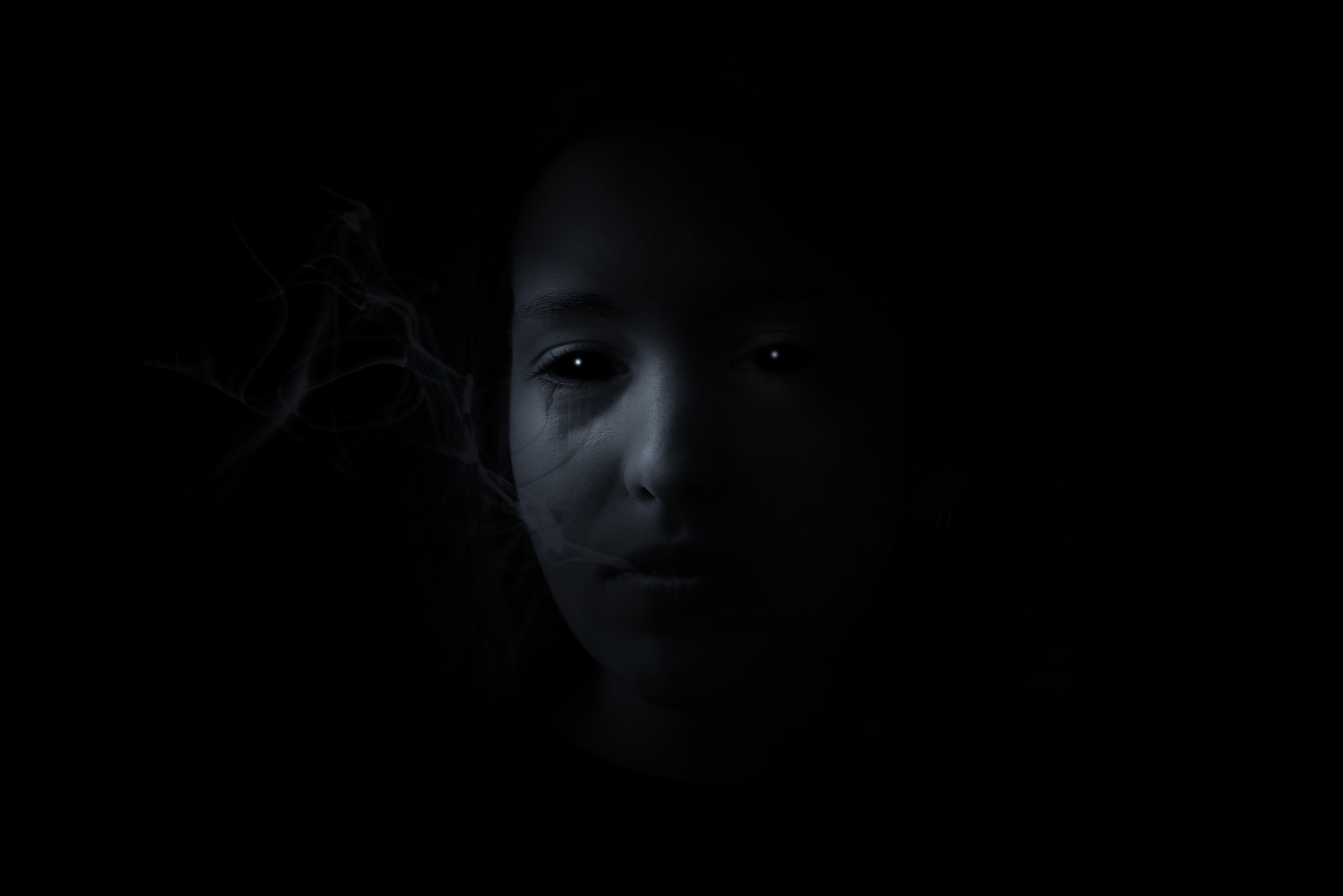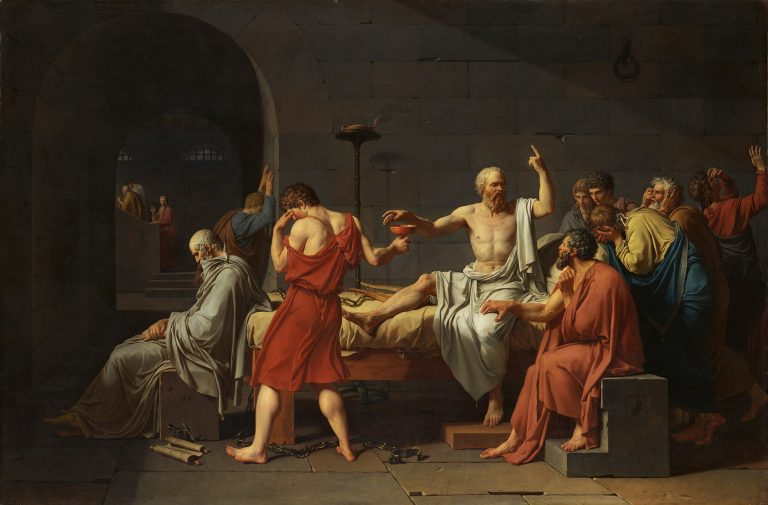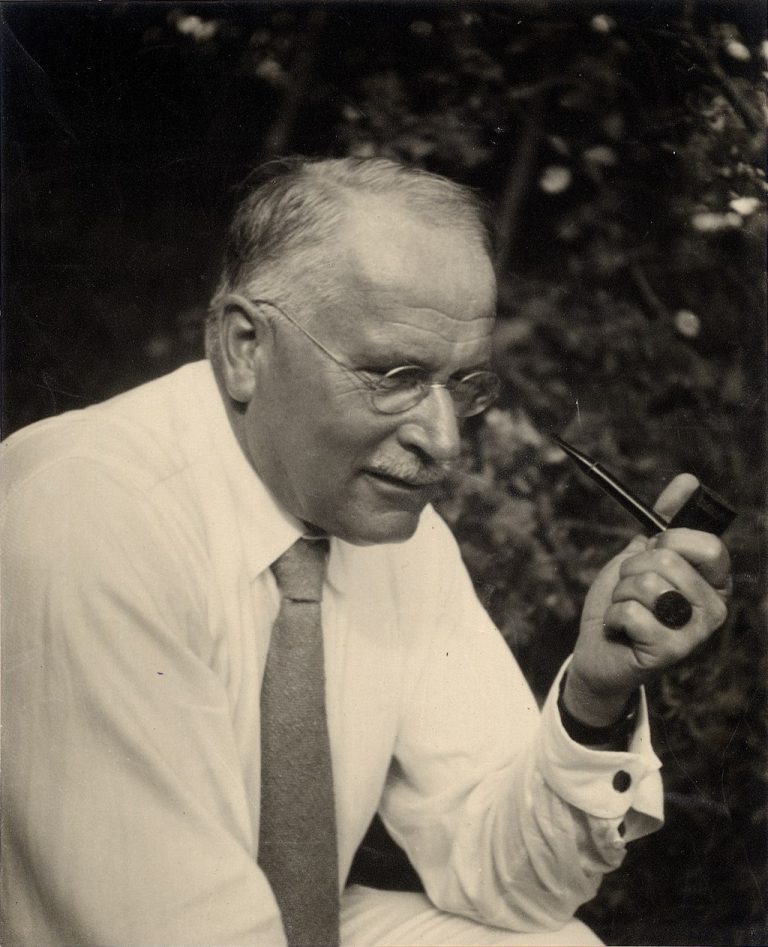
In Jungian psychology, archetypes are universal symbols or patterns of behavior that are thought to be present in the collective unconscious of all human beings. These archetypes are thought to be inherited and are present in the psyche from birth. They can manifest in different forms and can take on a wide range of meanings depending on the individual and their culture.
Key archetypes commonly found in the human psyche, include some of the following:
- The Shadow: This archetype represents the dark, repressed aspects of the psyche, such as anger, fear, and guilt. It is often associated with the darker side of human nature and can manifest as negative or destructive behavior.
- The Anima/Animus: These archetypes represent the feminine and masculine aspects of the psyche, respectively. The anima represents the feminine qualities within a man, while the animus represents the masculine qualities within a woman. These archetypes can be a source of conflict or tension within an individual, but can also be integrated and balanced to bring a sense of wholeness to the psyche.
- The Mother: This archetype represents the nurturing, caring aspect of the feminine. It can manifest as a real mother figure, a symbol of motherhood, or as a nurturing, protective aspect of the psyche.
- The Father: This archetype represents the authority, wisdom, and guidance of the patriarch. It can manifest as a real father figure, a symbol of fatherhood, or as a wise, guiding aspect of the psyche.
- The Child: This archetype represents the innocence, wonder, and potential of youth. It can manifest as an actual child, a symbol of childhood, or as a sense of wonder and potential within the psyche.
- The Hero: This archetype represents the courage, determination, and strength of the individual. It can manifest as a real hero, a symbol of heroism, or as a sense of strength and determination within the psyche.
- The Wise Old Man/Woman: This archetype represents the wisdom, guidance, and spiritual guidance of the elder. It can manifest as a real wise old man or woman, a symbol of wisdom and guidance, or as a sense of spiritual guidance within the psyche.
These are just a few examples of the archetypes that Jung identified, there are many other archetypes that can be present in the psyche and they can take many different forms.
Let’s look at the Shadow
This archetype represents the dark, repressed aspects of the psyche, such as anger, fear, and guilt. It is often associated with the darker side of human nature and can manifest as negative or destructive behavior.
The shadow archetype is a concept that refers to the dark, unconscious aspect of the human psyche that contains our repressed thoughts, feelings, and impulses. The shadow represents everything that we reject or deny about ourselves, such as our negative traits, fears, and weaknesses.
The shadow is often composed of traits that we consider to be negative or undesirable, such as anger, greed, jealousy, and so on. These are the parts of ourselves that we try to hide from others, and often from ourselves as well. Jung believed that by repressing these aspects of ourselves, we create a split in the psyche, which can lead to feelings of alienation, guilt, and anxiety.
Jung also believed that the shadow is not only composed of negative traits, but also contains positive qualities and potentials that have been repressed or denied. These can include talents, passions, and unique perspectives that are not currently being expressed in our lives.
Integrating the shadow is important for several reasons. First, by becoming aware of the shadow and the unconscious material it contains, an individual can gain a deeper understanding of themselves and the motivations behind their actions. This can lead to a greater sense of self-awareness and self-acceptance.
Second, by integrating the shadow, an individual can develop a more balanced and integrated personality. This can lead to a greater sense of wholeness and a reduction in feelings of alienation and guilt.
Third, by integrating the shadow, an individual can access the positive aspects of the shadow, such as talents and passions, that have been repressed or denied. This can lead to a greater sense of fulfillment and self-expression.
Shadow Integration Methods
There are several practical methods that can be used to integrate the shadow archetype in Jungian psychology:
- Self-reflection and journaling: One way to begin to understand and integrate the shadow is through self-reflection and journaling. This can involve writing down your thoughts and feelings, and exploring any patterns or themes that emerge. It can also involve identifying any negative traits or impulses that you have been repressing, and thinking about the reasons why you have been repressing them.
- Psychotherapy: Working with a therapist or counselor who is trained in Jungian psychology can be a powerful tool for shadow integration. A therapist can help you to understand the unconscious material that is present in the shadow, and can provide guidance and support as you work to integrate it.
- Active imagination: This method involves actively engaging with the contents of the shadow by creating a dialogue with the shadow figures or symbols that appear in the imagination. It is a guided form of free association and can be done alone or with a therapist. This process can help to integrate the shadow by giving it a voice and making it a part of the conscious self.
- Creative expression: Engaging in creative activities such as writing, painting, or sculpting can also be a powerful tool for shadow integration. This is because creative expression allows us to tap into the unconscious and to give form to the shadow material in a way that can be understood and integrated.
- Embrace the shadow: Instead of trying to suppress the shadow, it can be helpful to embrace it by accepting that the shadow is a part of you, and learning how to integrate it in a healthy way. This can involve learning to accept and work with the negative traits, while also finding ways to express the positive aspects of the shadow.
The tangible benefits of Shadow Integration.
There are several potential benefits of integrating the shadow archetype in Jungian psychology. These can include:
- Greater self-awareness: By becoming aware of the shadow and the unconscious material it contains, an individual can gain a deeper understanding of themselves and the motivations behind their actions. This can lead to a greater sense of self-awareness and self-acceptance.
- More balanced and integrated personality: By integrating the shadow, an individual can develop a more balanced and integrated personality. This can lead to a greater sense of wholeness and a reduction in feelings of alienation and guilt.
- Improved relationships: Integration of the shadow can lead to a greater understanding of one’s own feelings and behaviors, which can improve communication and understanding with others. It can also reduce the risk of projecting one’s own shadow onto others, which can lead to conflicts and misunderstandings.
- Increased creativity and self-expression: By accessing the positive aspects of the shadow, such as talents and passions that have been repressed or denied, an individual can experience greater self-expression and fulfillment.
- Improved mental health: Shadow integration can help to reduce symptoms of anxiety and depression, by reducing the amount of repressed emotions and experiences that are causing psychological distress.
- Greater sense of purpose: By integrating the shadow, an individual can access their own unique perspective, talents, and passions which can lead to a greater sense of purpose and meaning in life.
- More authentic self: By embracing the shadow and making it a part of the conscious self, an individual can develop a more authentic sense of self and be more true to themselves.
It is also important to note that shadow integration can be a difficult and emotional process, but the benefits can be well worth the effort in the long run. It is crucial to approach the integration process with a non-judgmental attitude and a willingness to explore and understand the unconscious material, rather than trying to suppress or ignore it.

